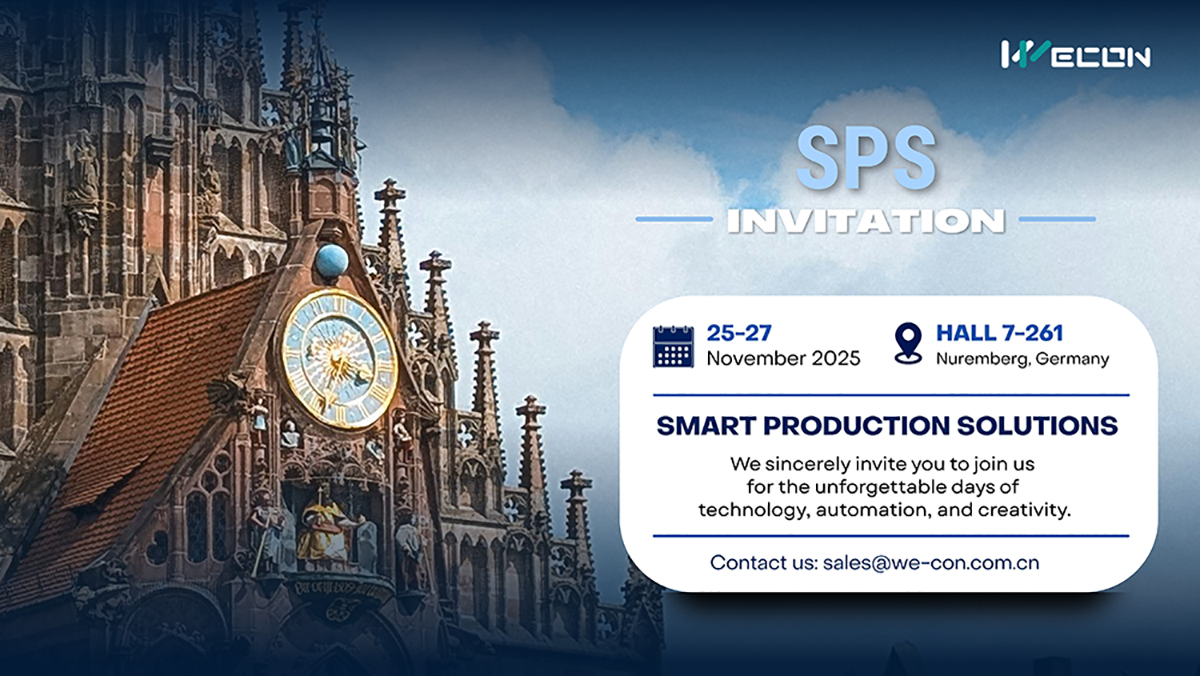Wiki source code of Application of WECON PLC in DC line double-head tin dip machine
Last modified by Wecon on 2025/09/03 21:04
Hide last authors
| author | version | line-number | content |
|---|---|---|---|
| |
1.1 | 1 | = **1 Introduction** = |
| 2 | |||
| 3 | The double-head tinning machine is a brand-new concept, simple in structure, exquisite and intelligent. It is characterized by a fully automatic machine developed for the purpose of cutting, peeling, twisting and tinning of wires. | ||
| 4 | |||
| 5 | = **2 Process requirements** = | ||
| 6 | |||
| 7 | 1. Pull the wire, pull the rear axle to pull a wire length. | ||
| 8 | 1. Cut off, cut off the drawn wire. | ||
| 9 | 1. Peel and peel off the wire skin. | ||
| 10 | 1. Twist the wire, twist the wire core into a twist shape. | ||
| 11 | 1. Dip tin, dip the wire core with tin. | ||
| 12 | 1. Take up the wire and take away the tinned tin. | ||
| 13 | |||
| 14 | = **3 Solution** = | ||
| 15 | |||
| 16 | The control system mainly adopts the WECON HMI PI3070ie, and the PLC host adopts WECON LX5V-3624MT+LX3V-16ETY | ||
| 17 | |||
| 18 | = **4 Advantages** = | ||
| 19 | |||
| 20 | The 530 double-head tin-dipping terminal machine has a variety of modes to be shared. It can be used without twisting and tin-dipping, and it can also open the functions of twisting and dipping tin separately. There is a mode of peeling the inner and outer skins. It adopts PLC control and has a safe and reliable alarm system. | ||
| 21 | |||
| 22 | = **5 Program introduction** = | ||
| 23 | |||
| 24 | The screen is mainly the screen of the HMI, showing the production budget, production setting, single number, as well as the start and stop of twisting and tinning functions, etc. | ||
| 25 | |||
| 26 | (% style="text-align:center" %) | ||
| 27 | [[image:image-20221017093832-1.png]] | ||
| 28 | |||
| 29 | This screen is mainly for enabling the mode, debugging the motor parameters, and monitoring the current position of the motor. | ||
| 30 | |||
| 31 | (% style="text-align:center" %) | ||
| 32 | [[image:image-20221017093838-2.png]] | ||
| 33 | |||
| 34 | Parameter setting screen | ||
| 35 | |||
| 36 | (% style="text-align:center" %) | ||
| 37 | [[image:image-20221017093843-3.png]] | ||
| 38 | |||
| 39 | (% style="text-align:center" %) | ||
| 40 | [[image:image-20221017093852-4.png]] | ||
| 41 | |||
| 42 | Alarm program | ||
| 43 | |||
| 44 | (% style="text-align:center" %) | ||
| 45 | [[image:image-20221017093859-5.png]] | ||
| 46 | |||
| 47 | = **6 Project summary** = | ||
| 48 | |||
| 49 | 1. With single-step mode, user can know which step has problems in real time, which is convenient for debugging. | ||
| 50 | 1. With a safe and reliable alarm system, safety is guaranteed. | ||
| 51 | 1. Fully automatic process is adopted to reduce labor costs. | ||
| 52 | 1. High stability, high speed and high precision. | ||
| 53 | |||
| 54 | = **7 Video** = | ||
| 55 | |||
| 56 | [[Project Video.zip>>url:http://bbs.we-con.com:888/forum.php?mod=attachment&aid=OTQ5N3w3NTc5MWJiOHwxNjY1OTY4NDg0fDg3fDEzODQ%3D]] |

